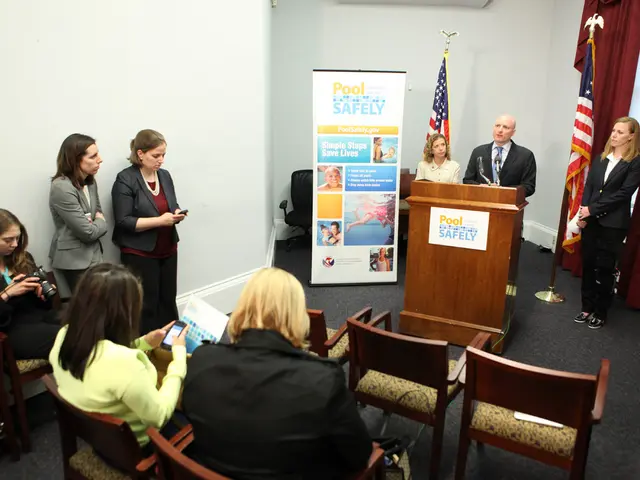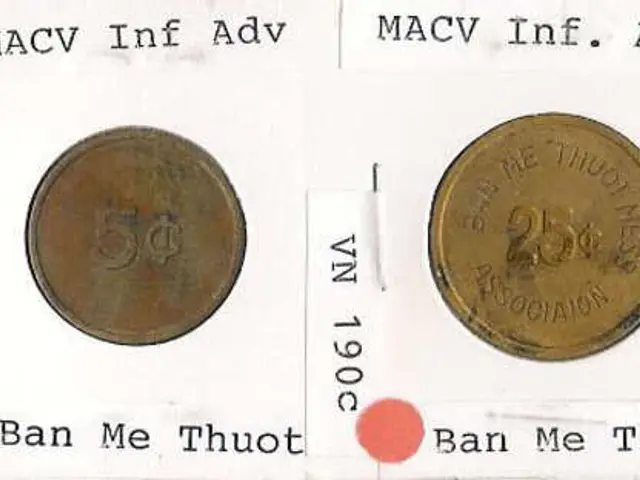Proper and extended usage of child car seats is emphasized by safety advocates.
In a recent analysis, the AAA Automotive group, in collaboration with the National Safety Council and Westat researchers, has highlighted the importance of child passenger safety. The study, released in late August, reveals alarming statistics about the use of car seats, booster seats, and seat belts among children.
The evaluation, based on five years of federal data on child restraint use in car crashes from police-reports, shows that over 3.9 million children aged 11 and under were involved in car crashes from 2019 to 2023, resulting in more than 516,000 injuries and over 2,800 deaths.
The data also reveals that for children aged 0-3, 1 in 4 (26%) who were killed were unrestrained, while for children aged 7-11, nearly 4 in 10 (37%) who were killed were completely unrestrained. For children aged 4-6, about 3 in 10 (33%) who were killed were unrestrained as well.
Incorrect car seat use is a common issue, according to the National Digital Car Seat Check Form (NDCF) data. Issues include a loose installation, not using the tether, and a loose harness. Parents and caregivers often do not return for adjustments as children age, with nearly 23% of children moving to booster seats too soon and more than 89% transitioning to a seat belt too soon.
However, the correct use of car seats, booster seats, and seat belts can protect young passengers. Child restraints reduce fatalities by 71% for infants under one and 54% for children 1 to 4 years old in passenger cars, according to the U.S. Department of Transportation.
The AAA provides recommendations for child passenger safety, including learning how to get a car seat checked and finding answers to car seat, booster seat, and seat belt questions by state. For those without local resources, a virtual meeting with National Safety Council staff can be arranged for checking a child's car seat and readiness for a seat belt.
Amy Artuso, director of mobility safety programs and roadway safety at the National Safety Council, stated that while fewer children are being injured and killed in car crashes, more work is needed, especially for keeping older children safe. She emphasised that seat belt readiness takes time, and booster seats can help keep kids safe until seat belts fit them correctly.
The AAA's recommendations for child passenger safety are available online, along with more information on child passenger safety. The European Transport Safety Council (ETSC) also published an analysis in August 2024 on the proper use of child restraint systems in car accidents.
The data serves as a stark reminder of the need for continued efforts to ensure child passenger safety. By following the recommendations and taking the necessary precautions, we can help protect our children and reduce the number of injuries and fatalities in car crashes.
Read also:
- Peptide YY (PYY): Exploring its Role in Appetite Suppression, Intestinal Health, and Cognitive Links
- Toddler Health: Rotavirus Signs, Origins, and Potential Complications
- Digestive issues and heart discomfort: Root causes and associated health conditions
- House Infernos: Deadly Hazards Surpassing the Flames








